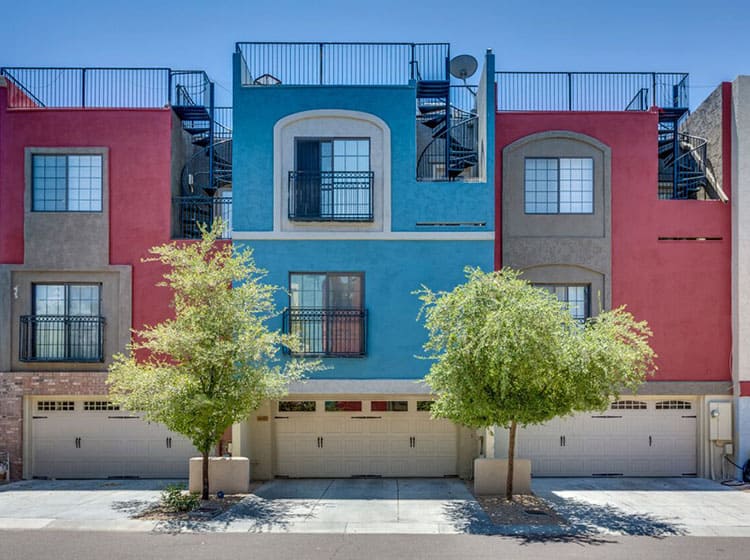Learn More About The Ways In Which Seasonal Variables Can Affect The Success Of Business Exterior Paint And Determine The Very Best Times To Attain Lasting Outcomes For Your Task
Learn More About The Ways In Which Seasonal Variables Can Affect The Success Of Business Exterior Paint And Determine The Very Best Times To Attain Lasting Outcomes For Your Task
Blog Article
Authored By-Leach Whalen
When you're planning a business exterior paint job, seasonal elements can make or break your results. You'll want to take into consideration just how temperature and moisture influence paint application and drying times. Picking the best season can ensure your paint adheres properly and lasts much longer. But which painters are absolutely the best for this kind of work? Let's discover the key elements that can affect your task's success.
The Effect of Temperature Level on Paint Application
When you're preparing an industrial exterior paint job, the temperature can substantially affect how well the paint adheres and dries.
Ideally, you wish to repaint when temperature levels vary in between 50 ° F and 85 ° F. If it's as well cool, the paint might not heal effectively, leading to issues like peeling off or fracturing.
On the other hand, if it's as well hot, the paint can dry out too quickly, protecting against appropriate bond and resulting in an irregular surface.
You should likewise think about the moment of day; morning or late afternoon offers cooler temperatures, which can be much more beneficial.
Constantly check the producer's suggestions for the particular paint you're utilizing, as they frequently provide assistance on the excellent temperature level range for ideal outcomes.
Moisture and Its Effect on Drying Times
Temperature isn't the only ecological element that affects your commercial external paint job; moisture plays a considerable function too. High humidity degrees can decrease drying times drastically, influencing the total top quality of your paint job.
When the air is saturated with moisture, the paint takes longer to cure, which can cause problems like poor attachment and a higher risk of mildew development. If https://cashtzhns.vidublog.com/33431088/discover-the-most-up-to-date-techniques-and-trends-in-residence-painting-and-be-astounded-by-the-cutting-edge-ways-to-transform-your-home on an especially humid day, be planned for prolonged wait times in between coats.
It's important to check local climate condition and strategy accordingly. Preferably, aim for humidity degrees in between 40% and 70% for ideal drying out.
Maintaining these factors in mind guarantees your project stays on track and supplies an enduring surface.
Best Seasons for Commercial Outside Paint Projects
What's the best time of year for your commercial outside paint jobs?
Spring and very early autumn are typically your best bets. During these periods, temperatures are mild, and humidity levels are typically lower, developing ideal conditions for paint application and drying out.
Stay clear of summer's intense heat, which can trigger paint to completely dry also quickly, leading to poor adhesion and surface. Likewise, winter's chilly temperatures can hinder appropriate drying out and healing, taking the chance of the longevity of your paint job.
Aim for days with temperature levels in between 50 ° F and 85 ° F for optimal outcomes. Bear in mind to examine the regional weather report for rain, as wet problems can wreck your task.
Planning around these aspects ensures your painting task runs efficiently and lasts much longer.
Final thought
Finally, planning your industrial outside paint tasks around seasonal factors to consider can make a significant distinction in the result. By scheduling work throughout the perfect temperature levels and humidity levels, you'll guarantee much better attachment and drying times. Keep in mind to watch on local weather prediction and pick the correct time of year-- spring and early fall are your best options. Taking these steps will certainly aid you accomplish a sturdy and professional surface that lasts.
